For those obsessed with all things pumpkin — pumpkin pie, pumpkin ice-cream, pumpkin-spice lattes — oromo (оромо) is sure to please. Oromo is a rolled, layered, steamed pastry that comes with various fillings (pumpkin being common and our favorite). It evokes everything we love about pumpkin season back home in the States. This main dish is warm, comforting, filling, and hits the spot with hot tea after a cold day. Oromo, which is sometimes made without meat, can also be a welcome sight to vegetarians visiting Central Asia, where meatless options are rare.
Oromo is common to many Turkic peoples including the Kyrgyz, Kazakh, Uzbeks, Tajiks, Tatars, Crimean Tatars, Bashkir, and Altai, but most associated with Kyrgyz and Kazakh cuisines. Unlike many other dishes from Turkic cultures such as plov, manti, and lagman, oromo has failed to win a following in Russia and Eastern Europe. However, that doesn’t make it any less delicious.
Oromo, Orama, Khanum: Origin of the Names
The name “oromo“ comes from the Kyrgyz verb “ороо” (“to wrap”), an apt description of the dish. A large sheet of dough is spread with filling, rolled into a tube, steamed, and then cut into portions. Thus, its name literally means “the roll,” or if one wanted a fancier culinary translation, “roulette.”
“Oрама” in Kazakh as the verb for “wrap” in Kazakh is “ора” (ora). In some other cultures, such as Uzbek and Tartar, it is more likely to go by “ханум” (khanum) a name taken from a term of respect used toward an older or married woman and which was once a title signifying the daughter of a khan, similar to “princess.” Names and traditions vary slightly across the various cultures that enjoy oromo, but the dish is always recognizably the same.
Oromo: Homemade and Communal

Oromo is a standard, everyday dish. However, unlike some similar dishes like manti, you will rarely find it in restaurants and, to our knowledge, never mass produced and sold frozen in stores. Oromo is by its nature a big dish made to feed several people at once. It is excellent option for feeding families or gathered groups, and is most associated with home-cooked meals. However, it can be impractical for restaurants serving individuals and, although it is usually eaten with the hands in countries like Kyrgyzstan, with sauces, which tends to be messy affair, meaning that its viability as a street food is also limited.
When it is found in restaurants, it is usually in its mini-“rose” variation. This will start with a smaller, longer rectangle which will be first rolled to a tube and pinched at the ends. These flat ends are then stood face up and the tube is then rolled tightly into a “rose” shape. Even in this shape, however, one or two will usually make a generous serving.
Eating with the hands in nomadic cultures like those of the Turkic peoples that enjoy oromo is common. Nomads value traveling light and maintaining tight communities. Eating from a common plate, with silverware optional, cuts down on bulk and brings everyone closer, emphasizing that all resources of the group are shared.
As to why oromo not mass produced yet, we can only assume that this is because its popularity is still focused on less economically advantaged regions and no one has yet thought of it as these regions develop.
How to Prepare Oromo
Oromo is closely related to manti, which are smaller packets of filled dough steamed in the same manner. However, manti requires folding many individual portions while oromo requires preparing a single sheet of dough and rolling a single tube. For this reason, oromo is sometimes also referred to as “ленивые манты” (lazy manti).

Fillings vary with the seasons. At the start of spring, one of the first pieces of fresh produce that grows in Kyrgyzstan is juz-ay (жүз-ай), typically known in English as Chinese garlic chives. Foods prepared with this is associated with coming warmer weather and additional bounties of food after a winter that can be particularly long and cold in Kyrgyzstan and Kazakhstan.
A traditional spring version of oromo combines juz-ay with eggs for a meatless option. In autumn, pumpkin harvests inspire fillings of pumpkin. Other sweet and/or starchy vegetables are also common fillings, including potatoes, carrots, sweet potatoes, squash, cabbage, and sweet peppers.
Meat, onions, and fat (specifically added for greater richness) form the base of most fillings. Rice or other grains are sometimes added to better absorb the juices and make sure that they don’t spill out when the tube is cut open. Beef is the most common meat, although mutton would be more traditional.
Oromo is prepared in a special tiered steamer called a “мантоварка” (mantovarka), named after the manti it was designed for. The mantovarka has a pan for boiling water, several perforated tiers above it to hold the food in the steam the boiling water emits, and a tight lid. The most important aspect of mantovarka is that the lid closes tightly. To prevent sticking, the tiers are lightly greased, with ghee (clarified butter) preferred, though vegetable oil or other fats can also be used.
The dish is served with a variety of sauces. Common accompaniments include fresh tomato sauces with herbs and spices, fresh tomato mixed with vinegar and horseradish, or kaymak (clotted cream) paired with chili oil, similar to that found in most Asian grocery stores. Yogurt makes an acceptable substitute for kaymak when it is not available.
Kyrgyz Oromo Recipe
(Давай приготовим!)
| Киргизский оромо | Kyrgyz Oromo |
| Ингредиенты (на 4 порции)
Для теста
Для начинки
Примечание: Состав ингредиентов может меняться в зависимости от желания и времени года. Приготовление
|
Ingredients (for 4 portions)
For the dough
For the filling
Note: Ingredients will vary depending on personal taste and time of year. Preparation
|
Our Favorite Oromo, Orama, and Khanum Videos
In this video, Chef Vlyacheslav Baraev from The Beluga Restaurant in Dusseldorf, Germany gives a quick four-minute tutorial on how to make oromo in the shape of a rose. Chef Baraev’s clear Russian accent and happy-go-lucky attitude, set to light accordion background music, is particularly enjoyable.
This video is taken from the show, “Мы никого не едим и Вам не советуем“, (We Don’t Eat Anyone/Any Animal and Don’t Advise (You to Either). The video’s acoustics may be a distracting because of the loud techno music and ambient noise of kids in the background, but the homey setting of the kitchen, and the conversational style of this cooking class, which includes a back-and-forth dialogue between the women, lends a personal and realistic style to this recipe that makes it less daunting for first-timers.
This video is taken from the culinary channel, GermaCook. Of all the listed videos here, this one is the most professional. It takes place in a shiny, sexy kitchen, and is accompanied by energizing, bubbly music. There is no fun personality to walk you through the steps, but the instructions are all written on the bottom of the screen.
You Might Also Like
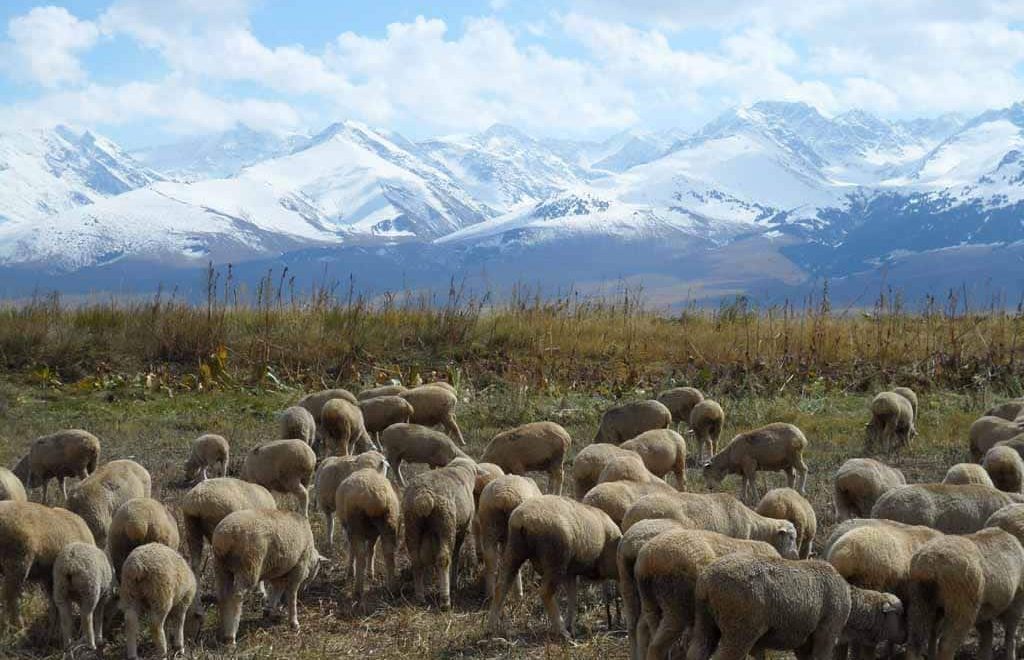
Sheep Guts Won’t Kill You: A Guide to Seeing the Kyrgyzstan that Most People Don’t
The Kyrgyz are a Turkic people with a rich identity that revolves around their nomadic heritage. Although they were forcibly settled by the Soviets, some have maintained or returned to nomadic traditions. Other strong elements of their culture include faith in Islam that is heavily informed by previous (or present) belief in Tengrism, Zoroastrianism, and […]
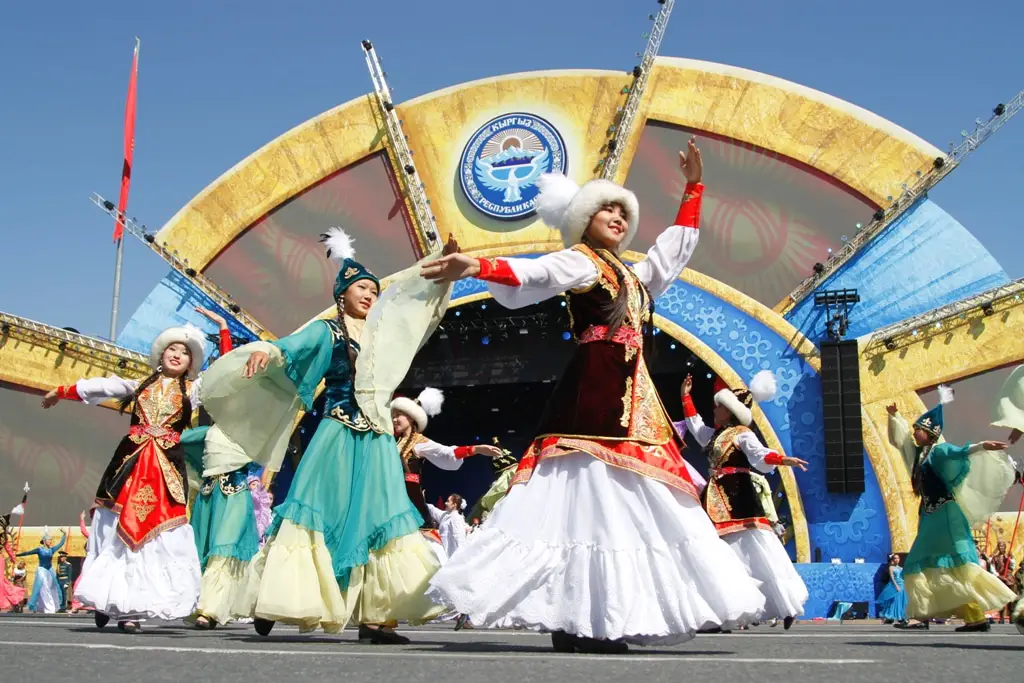
Kyrgyz Holidays 2026: A Complete Guide
Kyrgyz holidays include many inherited from the USSR (although most of those have changed their form at least slightly). Kyrgyz holidays also include many adopted from Russian culture. However, many holidays have now been added to the calendar to celebrate patriotism toward independent Kyrgyzstan and Kyrgyzstan’s long-held Muslim heritage. Thus, Soviet, national, Orthodox, Muslim, modern, […]
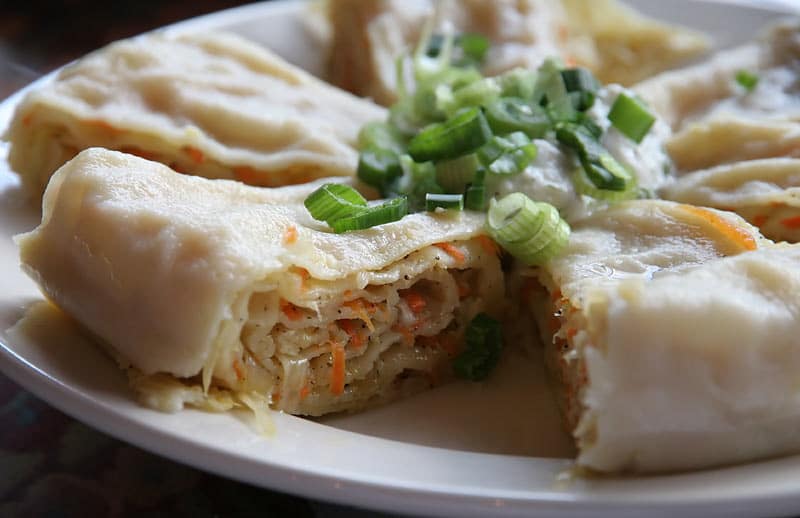
Oromo, Orama, Khanum: A Turkic Pumpkin Delight
For those obsessed with all things pumpkin — pumpkin pie, pumpkin ice-cream, pumpkin-spice lattes — oromo (оромо) is sure to please. Oromo is a rolled, layered, steamed pastry that comes with various fillings (pumpkin being common and our favorite). It evokes everything we love about pumpkin season back home in the States. This main dish […]
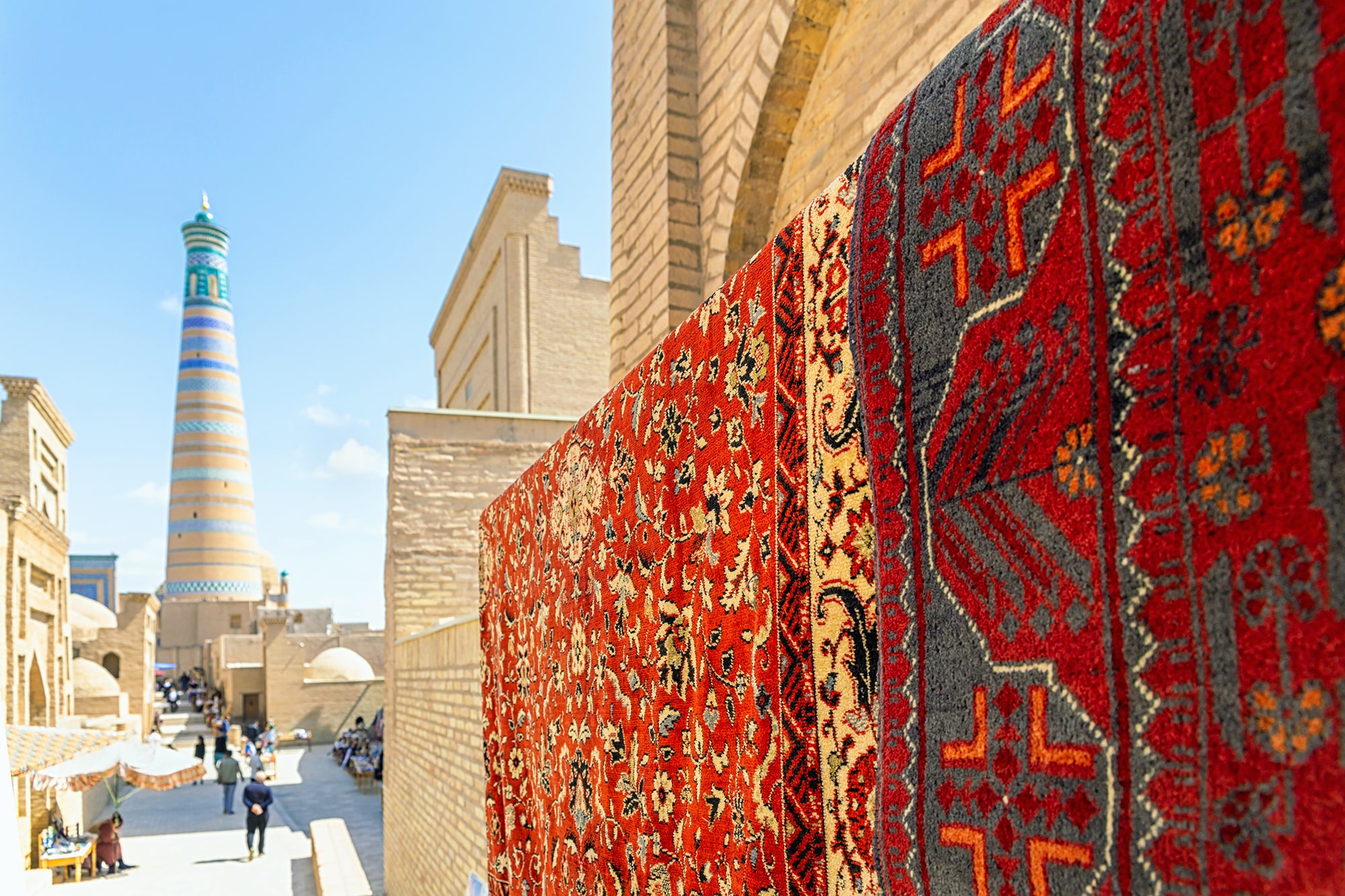
Knots of Culture: Central Asia’s Carpet Weaving Heritage
Central Asia’s rich tradition of carpet weaving reflects the region’s history, culture, and identity. From the ancient nomads of the Pazyryk Valley to the artisans of Kyrgyz yurts and the urban weavers of Samarkand, carpets have long served both practical and symbolic functions. Their materials, techniques, and motifs reflect centuries of interaction between nomadic and […]
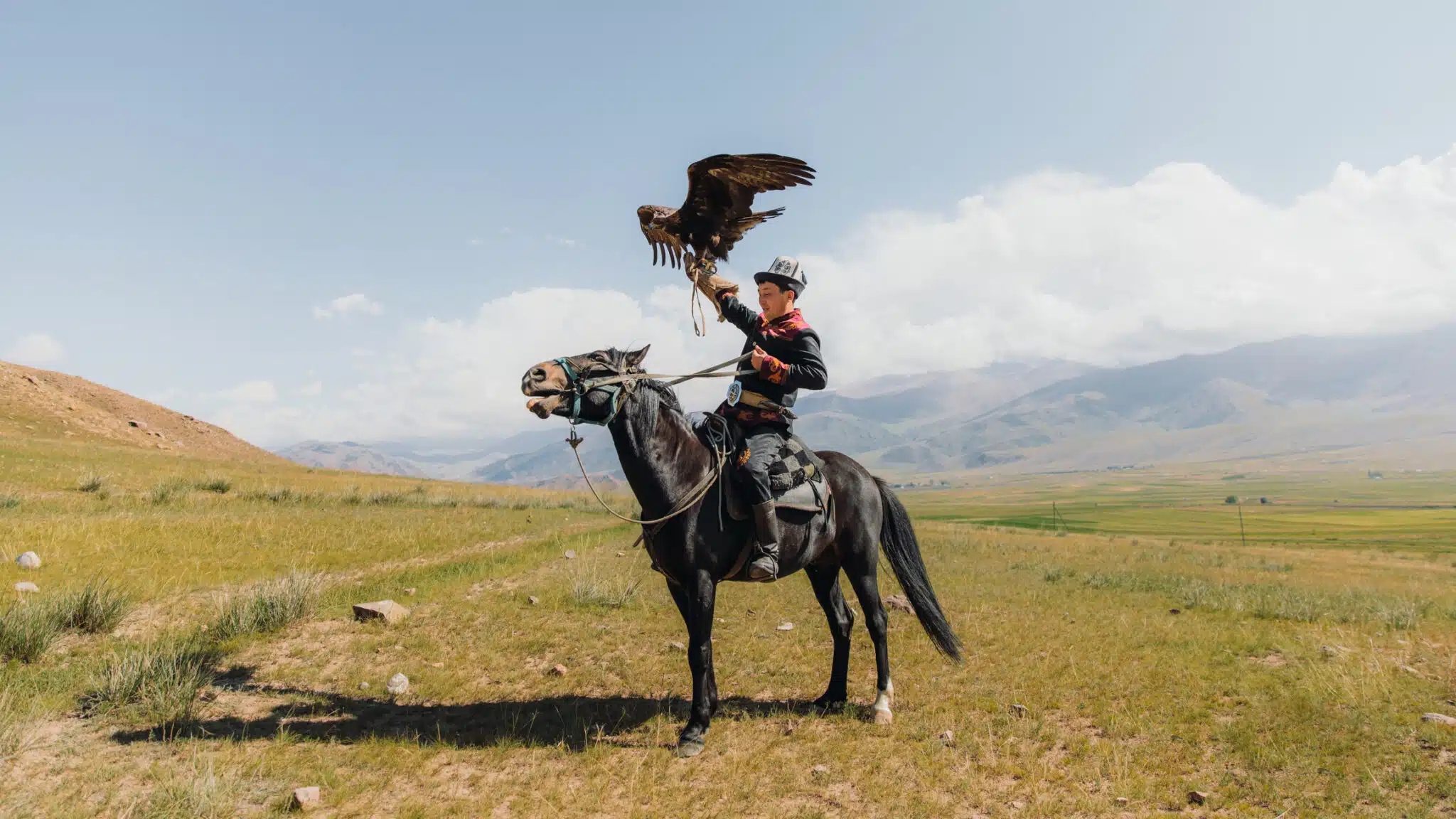
The Talking Kyrgyz Phrasebook
The Talking Phrasebook Series presents useful phrases and words in side-by-side translation and with audio files specifically geared to help students work on listening skills and pronunciation. Below, you will find several useful phrases and words. To the left is the English and to the above right is an English transliteration of the Kyrgyz translation. […]




